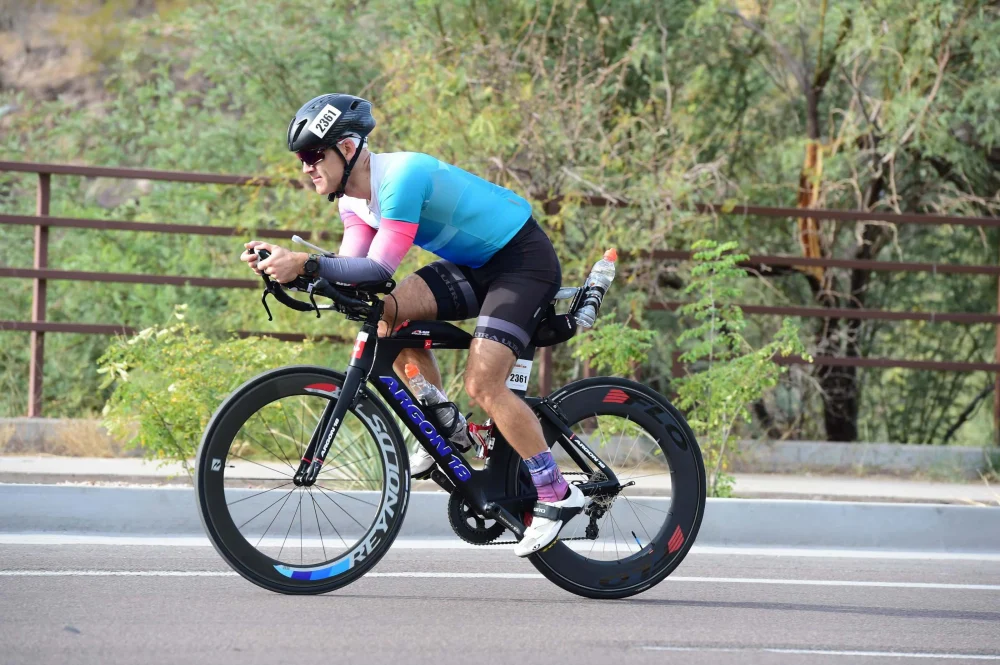
- understanding-the-triathlon-format - Understanding the Triathlon Format
- building-a-training-plan-for-beginners - Building a Training Plan for Beginners
- training-for-each-discipline - Training for Each Discipline
- balancing-recovery-and-nutrition - Balancing Recovery and Nutrition
- mental-preparation-and-race-day-strategies - Mental Preparation and Race Day Strategies
- real-experiences-from-first-time-triathletes - Real Experiences from First-Time Triathletes
- recommended-gear-and-training-support - Recommended Gear and Training Support
1. Understanding the Triathlon Format
Before diving into training, it’s important to understand what a triathlon entails. A standard sprint triathlon—the most common format for beginners—typically consists of a 750-meter swim, a 20-kilometer bike ride, and a 5-kilometer run. Other formats, like Olympic, Half Ironman, and Ironman, increase the distances significantly, but for your first race, starting with a sprint is a smart and manageable goal.
Each leg of the race challenges different muscle groups, energy systems, and mental resilience. Training effectively means preparing for all three disciplines, not just your strongest one.
2. Building a Training Plan for Beginners
A well-balanced triathlon training plan should span at least 12 weeks for first-timers, giving your body time to adapt. The focus should be on frequency, form, and endurance—not speed.
2.1 Weekly Schedule Structure
Plan to train 5–6 days a week, incorporating swim, bike, and run sessions. For example: Monday for swimming drills, Tuesday for bike intervals, Wednesday for light running, Thursday for a swim-bike combo, and Sunday for a long brick session. Fridays can be your active rest or recovery day.
2.2 Cross-Training and Flexibility
Don’t skip strength training and mobility work. These help prevent injury and improve overall athletic performance. Yoga and core workouts are great complements to your triathlon routine.
3. Training for Each Discipline
3.1 Swim Training
Swimming often intimidates beginners. Start with short intervals focused on technique and breathing, gradually building up distance. Practice in open water if possible, as it differs from pool conditions—especially in terms of visibility and pacing.
3.2 Bike Training
Cycling is the longest leg in terms of time, so comfort on the bike matters. Focus on building time in the saddle, learning basic bike handling, and practicing hills. Indoor trainers are great for controlled sessions during bad weather.
3.3 Run Training
Consistency is key for running. Start with interval runs and gradually increase your distance. Remember, triathlon running comes after swimming and cycling, so practice “brick workouts” (bike-run sessions) to simulate fatigue on tired legs.
4. Balancing Recovery and Nutrition
Training is only half the equation. Recovery and fueling play equally critical roles in performance and injury prevention.
4.1 Rest and Recovery
Prioritize sleep and incorporate recovery days. Use tools like foam rollers, massage guns, and Epsom salt baths. Overtraining leads to fatigue, burnout, and injury—none of which are helpful before your first race.
4.2 Triathlon-Focused Nutrition
You don’t need a complicated diet. Focus on whole foods, balanced macros, and hydration. Learn what fuel works best for your body during training so you’re not experimenting on race day. Some athletes use energy gels or electrolyte drinks during longer workouts.
5. Mental Preparation and Race Day Strategies
Your mindset can make or break your triathlon experience. Expect pre-race nerves—everyone gets them. Visualization and mental rehearsal help you stay calm and focused.
5.1 Tapering and Trusting the Process
The final 7–10 days before the race should involve a taper: reduced volume and increased rest. It may feel counterintuitive, but this is when your body fully absorbs the training. Trust that you’ve done enough.
5.2 Race Day Tactics
Arrive early, walk through transitions, and lay out your gear. Start each leg conservatively—you can always speed up later. Focus on your own race, not the people passing you. Finishing strong is more rewarding than starting fast and fading.
6. Real Experiences from First-Time Triathletes
Emma, a software developer from Austin, trained for her first sprint triathlon with zero athletic background. “The hardest part wasn’t the running—it was believing I belonged at the start line,” she recalls. “Crossing the finish line was the most empowering moment of my life.”
Carlos, a new dad who trained during his baby’s naps, says the key was sticking to short, focused workouts. “I had no time for fancy gear or 2-hour sessions. Just consistency.” These stories highlight the accessibility of triathlons for anyone, regardless of lifestyle or background.
7. Recommended Gear and Training Support
Having the right gear doesn’t mean buying the most expensive options—it means choosing what works for your level and needs. For beginners, a well-fitted bike, basic wetsuit (if applicable), comfortable running shoes, and goggles are your core tools.
If you’re not sure where to begin, Cycling Guider offers curated gear guides, training tips, and product reviews tailored for beginner triathletes. From budget-friendly bike recommendations to swim gear that won’t fog up mid-race, Cycling Guider is your trusted training companion.


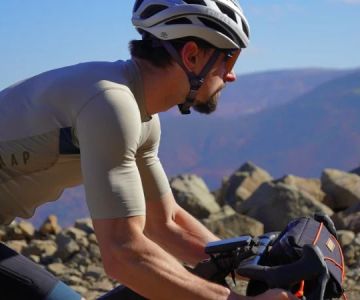
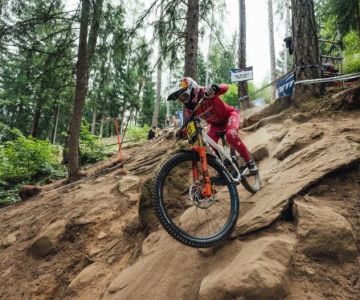

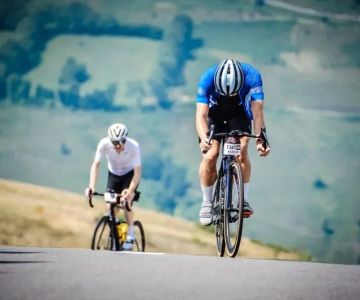
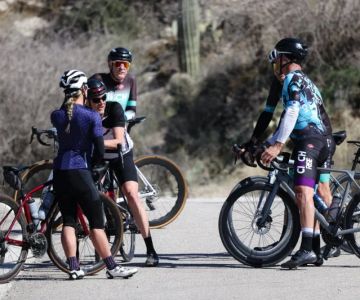
 Billet BMX5.0 (2 reviews)
Billet BMX5.0 (2 reviews)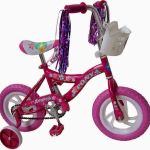 Far East Children Bicycle Factory1.0 (1 reviews)
Far East Children Bicycle Factory1.0 (1 reviews) Archer Motorsports, Inc.4.0 (8 reviews)
Archer Motorsports, Inc.4.0 (8 reviews) YEP Bike Works4.0 (55 reviews)
YEP Bike Works4.0 (55 reviews) Gorham Bike & Ski4.0 (498 reviews)
Gorham Bike & Ski4.0 (498 reviews) Alchemy Bikes4.0 (37 reviews)
Alchemy Bikes4.0 (37 reviews) How to Teach Kids to Ride a Bike: A Step-by-Step Guide for Parents
How to Teach Kids to Ride a Bike: A Step-by-Step Guide for Parents Tips for Riding on Busy City Streets: Smart Strategies for Urban Cyclists
Tips for Riding on Busy City Streets: Smart Strategies for Urban Cyclists Best US National Parks for Mountain Biking: Ride Epic Trails Across America
Best US National Parks for Mountain Biking: Ride Epic Trails Across America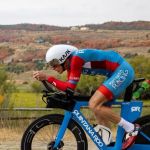 Best Aero Helmets for Time Trials and Racing
Best Aero Helmets for Time Trials and Racing How to Clean and Lubricate Your Bike Chain Like a Pro
How to Clean and Lubricate Your Bike Chain Like a Pro 10 Must-Have Items for Long-Distance Cycling Trips
10 Must-Have Items for Long-Distance Cycling Trips